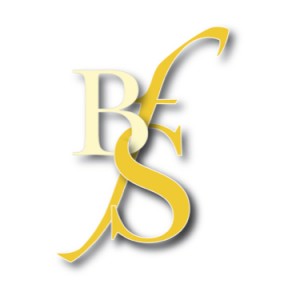Sonatine for Flute and Piano
- Highly recommended

Pan - Journal of the British Flute Society
I was first introduced to Milhaud's Sonatine as a teenager at the recommendation of my flute teacher. It was strangely memorable; the twisting repeating lines and unusual harmonies seemed quite different from most of what I'd played before. There's something stranglely intoxicating about Milhaud's musical language, combining different influences (including jazz and neoclassicism) to create a distinctive kind of expression.
Bruno Jouard's new edition comes with detailed information on both the historical background of the piece (by Edmond Lemaître) and on how to interpret the musc (by Jouard himself). These provide some fascinating context for the piece (for example with gems of information such as Milhaud being a viola player who performed in the first private performance of the Debussy Trio in 1916) and insights into the compostional style. Milhaud encountered jazz in London in 1920, and in 1912 conducted the first French performance of Schoenberg's Pierrot Lunaire; this rich range of influences goes a long way to explaining how Milhaud's musical language evolved.
Jouard's notes on interpretation are also fascinating, providing some well-considered ideas to explore. The edition is printed on good quality paper and page turns are managed well. Some piano cues are helpfully provided in the flute part, and there is a clear sense of care in the works's presentation. I've been happy to have this oportunity to revisit this enjoyable three-movement piece, which feels well balanced in terms of structure and full of character.
Carla Rees
From the Publisher
At the end of 1922, Darius Milhaud (1892 – 1974) had a dozen chamber works to his name, but that year was particularly productive. The Sonatine for flute and piano Opus 76 appeared at the heart of this creative whirlwind. Milhaud wrote it at Aix-en-Provence and it was premiered in Paris on 18 January 1923 by its two dedicatees, Louis Fleury and Jean Wiéner, at the Théâtre des Champs-Élysées, as part of the “Cinquième Concert Jean Wiéner”.
Movements
- Tendre
- Souple
- Clair
Also includes:
- Introduction
- Notes on Interpretation
- Editor biographies
Item Details
Instrumentation
- Part 1: Flute
- Part 2: Piano
Publisher: Durand Editions Musicales
Publisher's reference: DF 01679100
Our Stock Code: 1618266
Media Type: Paperback (22 pages [score])





